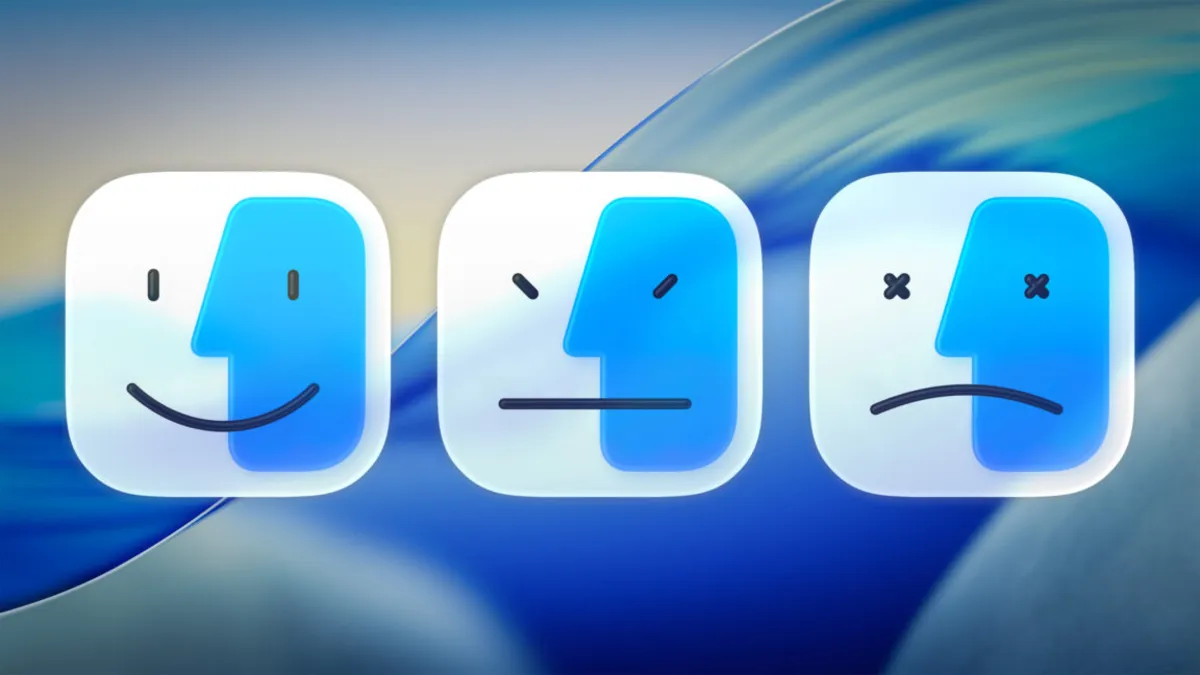
Over the past three years, we have conducted extensive data analysis and thorough investigations to address two critical questions regarding Apple's support for older Macs that utilize Intel chips. The first question evaluates whether Apple has been reducing updates and the duration of software support for Intel-based Macs while transitioning to its proprietary Apple Silicon. The second question seeks to establish how long Intel Mac owners can expect to receive updates. The overall conclusion to the first question has consistently been, "it depends," but generally, the answer leans towards "yes." This year, we have a definitive response to the second inquiry: The upcoming macOS 26 Tahoe will mark the final version of the operating system supporting Intel chips.
Apple has commendably provided clear communication regarding this transition, opting not to abruptly discontinue support for Intel Macs. The company has also announced plans to offer security updates for these Macs for two years after the release of macOS 27 in the following year. While this approach follows Apple's longstanding, albeit unofficial, policy of providing security updates for older systems, it is refreshing to see Apple provide a degree of predictability to users, something we have long advocated for.
With the ambiguity surrounding the transition to Apple Silicon now clarified, we can present a more definitive overview of how Apple has managed the entire Intel transition. We will also compare this to the earlier switch from PowerPC to Intel that occurred two decades ago and speculate on what this might imply for the support of future Apple Silicon Macs.
Our research has culminated in a comprehensive spreadsheet documenting every PowerPC and Intel Mac released since the introduction of the original iMac in 1998. For each model, we noted its introduction date, discontinuation date, the initial version of macOS it shipped with, and the final version it officially supported. We have meticulously tracked the last major point updates for these macOS versions, which are significant feature-enhancing updates. Following these, Apple typically issues security-only patches and Safari updates for two years. Our analysis focused on two primary timelines: the duration of major macOS updates and the total support period from the introduction of each Mac model.
From our findings, we concluded that the average Mac receives approximately 6.6 years of feature updates, followed by an additional two years of security-only updates. When focusing exclusively on the Intel era, this average is around seven years of updates and two years of security patches. Notably, most Macs released since 2016 fall below these averages, indicating a trend of reduced support as Apple has transitioned to Apple Silicon.
The longest-supported Intel Macs include the mid-2007 15- and 17-inch MacBook Pros, the mid-2010 Mac Pro, and the mid-2007 iMac, all of which received around nine years of updates. Conversely, the shortest-lived model was the late-2008 white MacBook, which only received 2.7 years of updates. For those who purchased a Mac between 2016 and 2020, the software update period has generally decreased compared to previous years, with 2020 models experiencing the shortest support window since 2006.
Interestingly, Apple does not appear to differentiate its Macs based on price when it comes to software support. Our analysis shows that Mac models like the Mac mini receive comparable support to higher-priced models like the iMac or Mac Pro. While some individual models may benefit from extended support, the overall trends indicate that users should aim to buy new Macs as close to their introduction dates as possible to maximize their software support windows.
The pressing question for many Intel Mac users is how to maintain functionality and security after Apple ceases support. While late-model Intel Macs can run Windows 10, which has its own end-of-support date approaching in October 2025, installing Windows 11 is possible but may require bypassing system requirements. For users seeking alternatives, consumer-friendly Linux distributions like Ubuntu or Mint could work, albeit with a steep learning curve. Additionally, Google's ChromeOS Flex offers another option, though it is limited in functionality compared to other operating systems.
For those wishing to remain on macOS, the OpenCore Legacy Patcher is a potential solution, but it faces challenges as Apple has gradually removed support for older Intel Macs. This removal of code complicates the patching process, leading to potential issues with hardware compatibility. Furthermore, the presence of the Apple T2 chip in some models adds another layer of complexity, as it remains a closed system, limiting the ability to run alternative operating systems.
As for the future of support for Apple Silicon Macs, it may take several years to understand Apple's approach fully. Will Apple prioritize technical specifications, or will it continue to base support on the age of the hardware? The initial Apple Silicon models—M1 versions of the MacBook Air, Mac mini, and 13-inch MacBook Pro—will be critical to observe as we assess how Apple handles updates moving forward. If these models are dropped from support while newer versions remain, it could indicate a shift towards age-based support policies.
In conclusion, while Apple continues to evolve its hardware and software ecosystem, understanding the support timelines and options for older Intel Macs is vital for users looking to maximize the longevity and functionality of their devices.